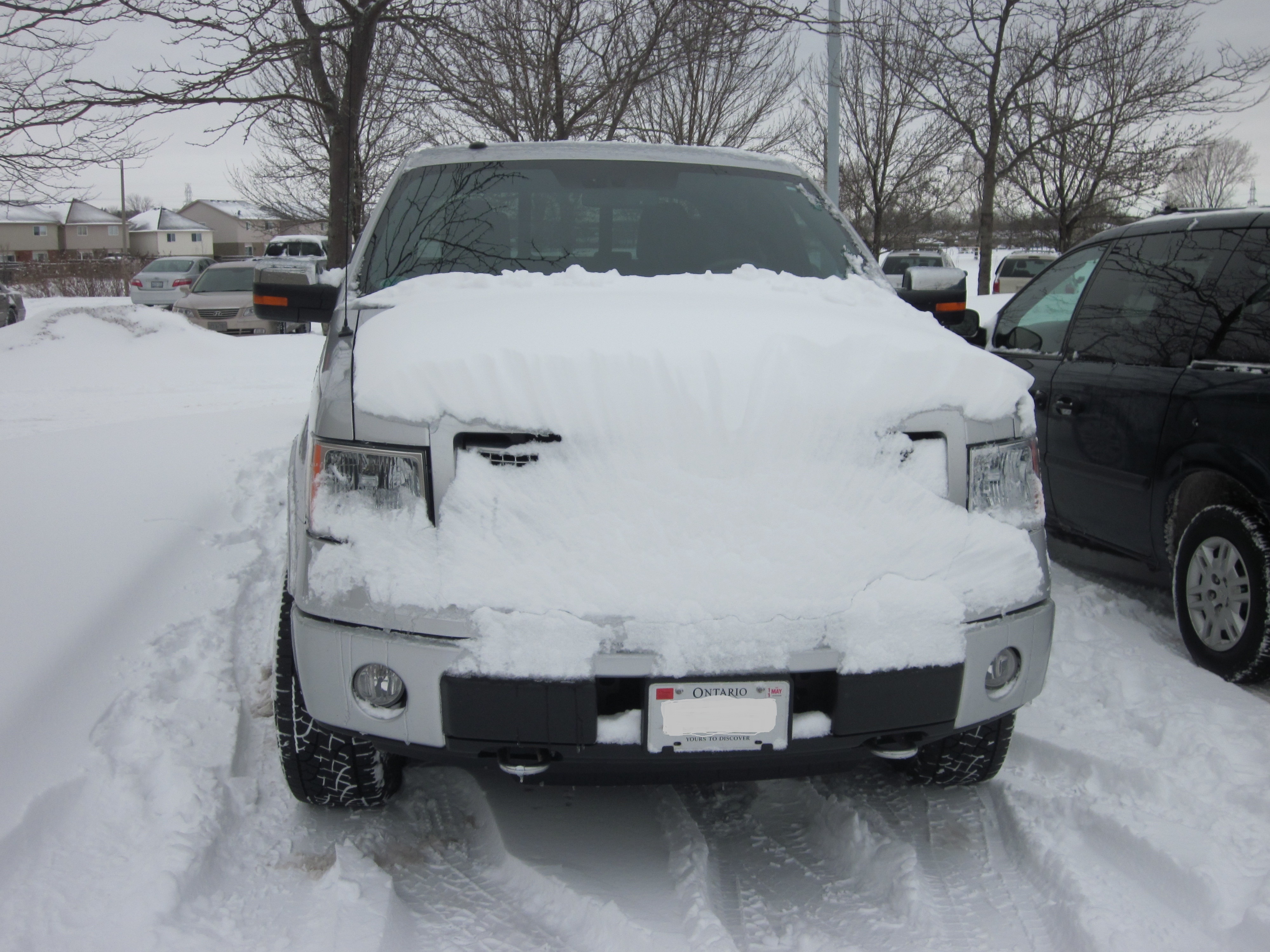Winter driving is so… mental!
 As written in the Hamilton Mountain News for the November 22, 2012 edition.
As written in the Hamilton Mountain News for the November 22, 2012 edition.
Like most people, I hate making mistakes. I get somewhat annoyed when I’ve forgotten something important. This is especially true when it’s something I do quite often. Do you ever feel the same way? Maybe I’m a procrastinator or maybe I’m just too busy to get things done in an organized manner. I probably don’t need those things anyway. Those are the reasons, or excuses, I hear drivers say when they don’t get prepared to drive in the winter. Do any of those comments sound familiar?
The main thing for proper winter driving is being mentally prepared. Speed limits are set for ideal conditions but having snow and/or ice on the roads means it’s not ideal, so why drive the speed limit? Slow down. Once the roads are plowed and clear, you can get back up to the proper speeds once again. Slowing down and accelerating on snow covered roads take more time, so why be in a hurry? Remind yourself that you’ll need to slow down sooner when approaching that stop sign or red light and also give yourself more time to get your speed up when leaving such signs and lights.
Having winter tires on your vehicle is a great way to give your vehicle more traction. This added traction can not only allow you to make better routine stops, but can also allow you to maintain better control in emergencies. Since the weather is colder, your tires may lose air pressure sooner, so check the tire pressure regularly. Use the information from inside your door jam to help determine what tire pressure each wheel should have.
A good rule of thumb is to have your winter tires placed on your vehicle around Halloween and keep them on until Easter. Winter tires are a softer rubber compound, which allow your tires to better grip the road when it’s cold out, not just when there’s snow and ice on the road. All season tires tend to become very hard as the temperature drops to 7 degrees or lower. It doesn’t have to get below 0 degrees or have snow and ice on the roads for you to need winter tires.
Another proactive thing you can do as a driver to prepare for winter driving is to ensure you have a winter driving survival kit in your trunk. You can buy such a kit, but you can also make up one and place the items in a duffle bag in your trunk. Items you should include would be a long handle snow brush with scraper, extra washer fluid, booster cables, flares, shovel, blanket, candle with lighter and either salt/sand or kitty litter for traction.
Being prepared for winter driving means you could also add a personal survival kit that could include items such as an extra pair of socks, gloves, hat, non-perishable food items for energy and, believe it or not, toilet paper. Sometimes when you’re stuck, you’ll still need to go.

[…] Winter driving is so… mental! […]